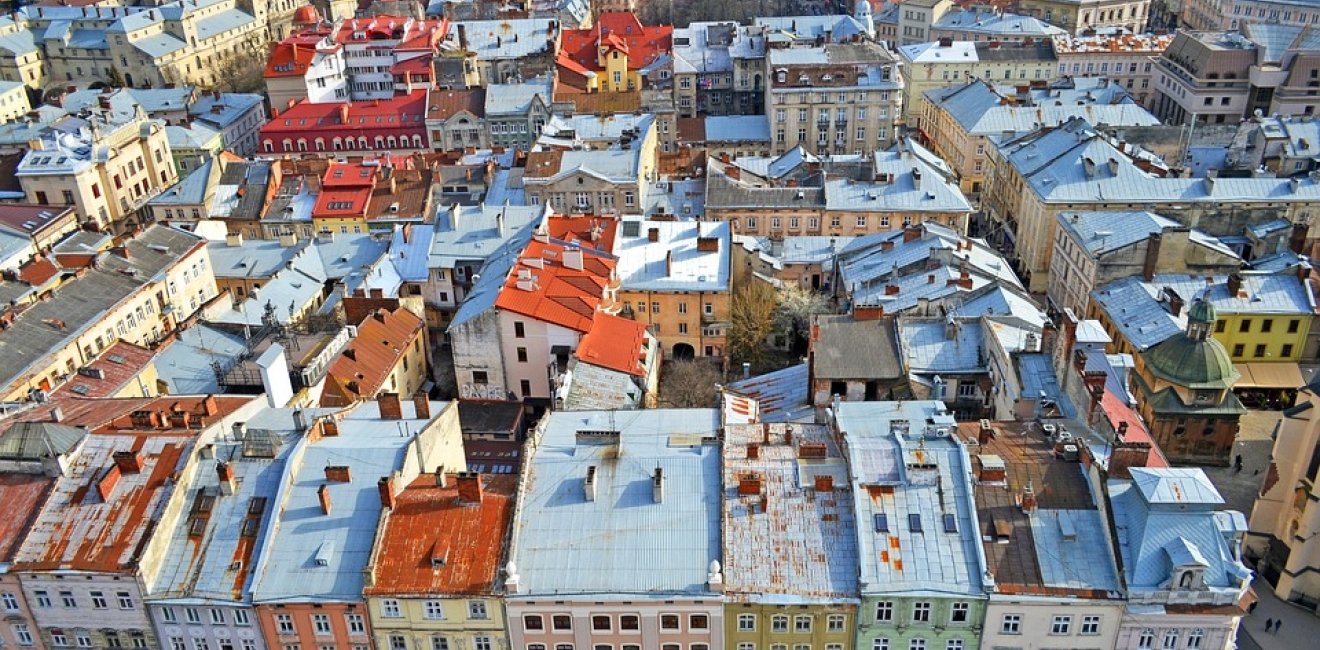
A blog of the Kennan Institute
BY ANDRIAN PROKIP
Since early spring, Ukrainians have been waiting for the government’s decision on raising gas prices. Increasing the price of gas to market level was among the IMF’s requirements for Ukraine to receive the next loan tranche, about $1.9 billion, which the country assuredly needs. The IMF mission is expected to visit Kyiv in September 2018. There is no doubt that gas prices will increase. What is unclear is when and by how much. And these unresolved matters are causes of concern among Ukrainian society.
Since 2013, gas prices have been raised drastically a couple of times, both for households and for industrial consumers. The price increases were part of the reforms to make the energy sector profitable, transparent, and market-oriented. Currently, prices for industrial consumers are at market level, and the price households pay for gas is 2.35–9.5 times higher than in 2013 (in 2013 the price depended on the volume consumed, which accounts for the difference in amount of increase). Still, the regular price for households is about 40 percent less than for industrial consumers.
At the same time, efforts to increase gas prices are hampered by a stark fact: the cost of energy is a large part of the household budget for most Ukrainians because of low incomes. In a comparison of gas price against minimum wage among European nations and the United Kingdom, Ukraine comes in last. The government subsidizes energy costs for about 65 percent of Ukrainian households. But the issue is a highly sensitive one among those who do not benefit from subsidies, and for those who do receive subsidies, the bill is higher than it was a couple of years ago. Thus higher prices will make energy less affordable, which in turn will increase the demand for subsidies. The government must now decide whether to increase gas prices before the presidential and parliamentary elections of 2019. Understandably, the government would prefer to defer price increases until after the elections.
The government’s prominent role in the gas business has added to the political contention surrounding price increases. Some 80 percent of domestic gas production is carried out by state-owned companies (subsidiaries of Naftogaz of Ukraine), and this amount is enough to cover the needs of households and heating utility companies. Because the cost of gas production in Ukraine is lower than in neighboring states, citizens often question why the price should be raised again and again.
Against this background, is increasing the gas price an economically feasible step for the country? Or is it just a concession to obtain the next IMF loan tranche, which will improve living standards but also hasten inflation? The answer is embedded in larger questions of political expediency, eliminating opportunities for corruption in the gas industry, advancing Ukraine’s energy self-sufficiency, and providing societal uplift while not further burdening those with limited economic resources. Essentially, all threads of the skein work together.
Those arguing that there is no point to increasing the price further and that doing so would be detrimental to society point to the availability of sufficient volumes of domestic production to cover household needs, the comparatively low cost of gas production by state-owned companies, and the difficulty many households would face in paying more than they do now.
It is quite likely that many politicians will trot out these arguments in advance of the upcoming elections. Indeed, exactly that happened a few years ago: just before the Revolution of Dignity Arseniy Yatsenyuk said in a television interview that the price charged households should be kept low because domestic production could cover the need. (The same argument was advanced by Yuliya Tymoshenko.) When Yatsenyuk became prime minister, however, his position evolved, and he agreed with the need to increase prices.
The devil, as usual, is in the details. The relatively low cost of gas production in Ukraine is not something that can be taken for granted: it is the result of investments in technology made many years ago, and that technology is now outdated. Neither should the large share of state-owned companies in gas production be regarded as a great achievement. It came about almost by default, because private investors were not interested in starting up a gas-extracting business in Ukraine. The low gas price, making the business unprofitable, was among the drivers of investors’ disinterest.
Continuing low gas prices just stand in the way Ukraine’s achieving energy self-sufficiency, which means greater dependence on foreign suppliers. In the context of the ongoing military conflict with Russia, this means more risks for Ukraine and its citizens.
It should also be borne in mind that a system of different gas prices for households and industrial consumers means more opportunities for price and supply manipulation. The gas-distributing companies are themselves involved in this. As pointed out by the state-owned Naftogaz (which supplies gas to regional distributors, which then supply it to end users), some regional gas companies have overestimated gas consumption by households and later sold the extra gas at a higher price to industrial consumers. Part of the problem is that the database of gas consumers is not publicly available, so Naftogaz cannot exercise oversight. Imposing a single price for all consumers should eliminate opportunities for such abuse.
The flip side of overestimating gas consumption is overestimating production losses, with the same result: regional companies are able to resell the extra gas to other companies at a higher price.
Gaining insight into the degree of price and supply manipulation is difficult because of a strong business lobby against increased transparency. About two-thirds of the regional gas producers are owned by the well-known wealthy Ukrainian businessman Dmytro Firtash (and possibly also by the businessmen Sergii Liovochkin and Yuri Boyko, though exact information remains difficult to come by). Firtash is now under arrest in Austria. The United States has demanded his extradition on charges of bribery and participation in a titanium-mining racket connected to Boeing. Recently, the chairman of the US Helsinki Commission (the Commission on Security and Cooperation in Europe, an independent U.S. government agency) called on Ukrainian officials to remove companies controlled by Firtash from the Ukrainian gas market. Other regional business elites also own regional producers. Somehow the oligarchs are in favor of different gas prices for households and industry, and may even argue the rationale for not increasing prices. But their opposition has helped stall the launch of a full gas market in Ukraine.
Thus the main result of increasing the price households pay for gas to the market price would be to make Ukraine’s gas market overall more transparent and attractive for investors. Ultimately, a market run more in line with international norms would be expected to boost Ukraine’s gas production and energy self-sufficiency.
At the same time, increasing the price of gas should not leave people unable to pay their bills. Lower-income households should still be subsidized by the government. However, the system of government subsidy should be improved to help only those who really need it and to encourage all to use energy more efficiently.
Author

Director, Energy Program, Ukrainian Institute for the Future

Kennan Institute
The Kennan Institute is the premier US center for advanced research on Eurasia and the oldest and largest regional program at the Woodrow Wilson International Center for Scholars. The Kennan Institute is committed to improving American understanding of Russia, Ukraine, Central Asia, the South Caucasus, and the surrounding region through research and exchange. Read more

Explore More in Focus Ukraine
Browse Focus Ukraine
Talking to the Dead to Heal the Living

Ukrainian Issue in Polish Elections


